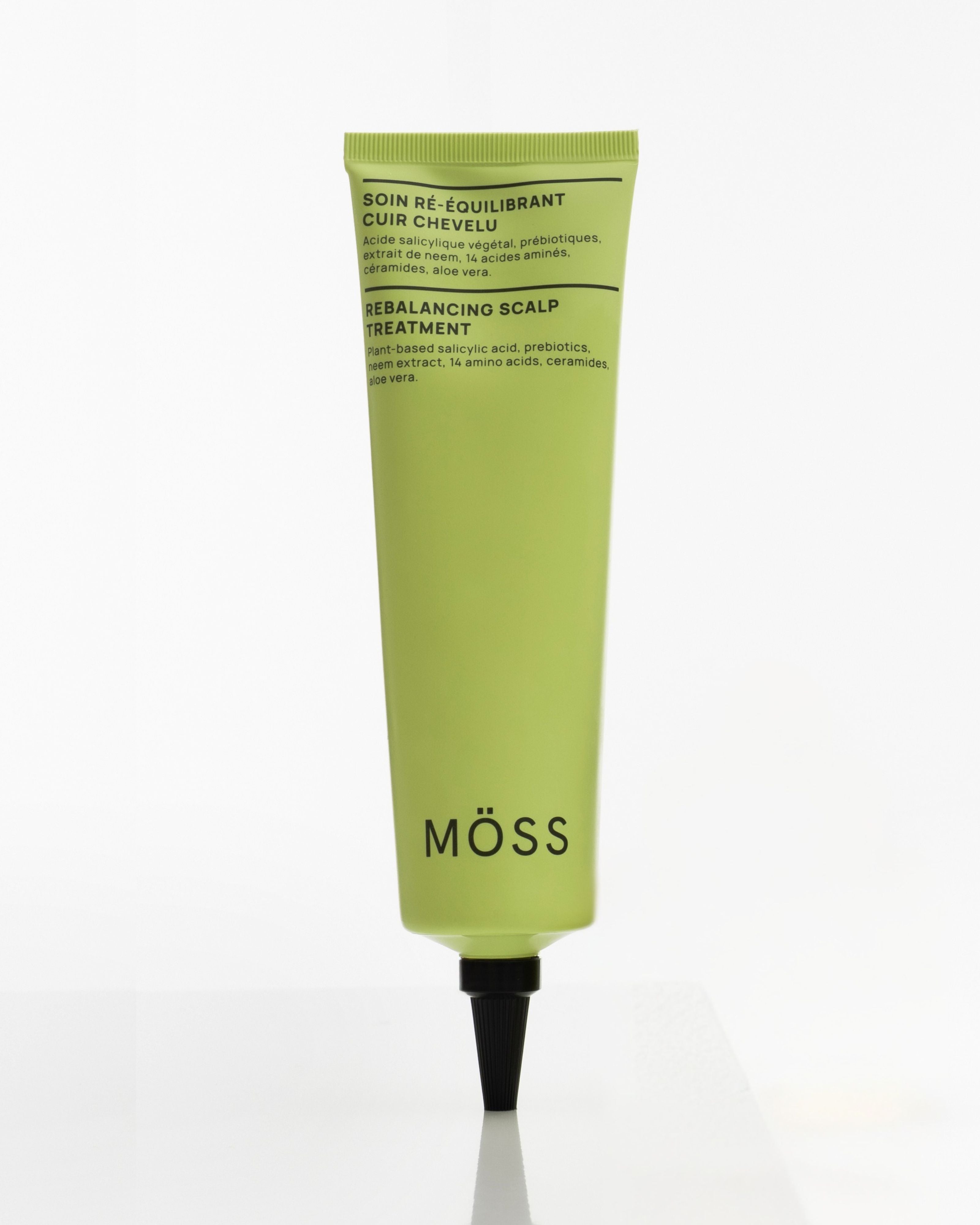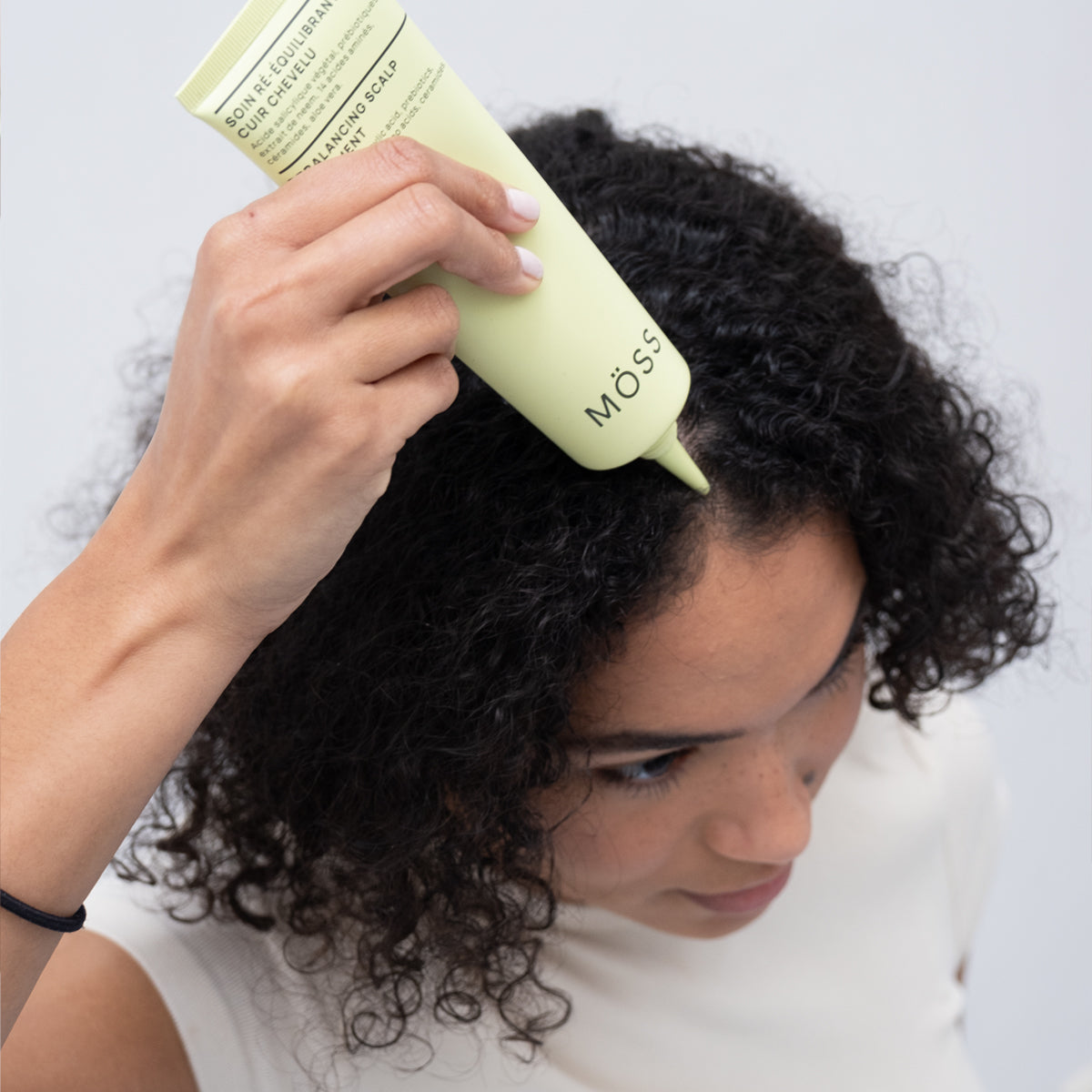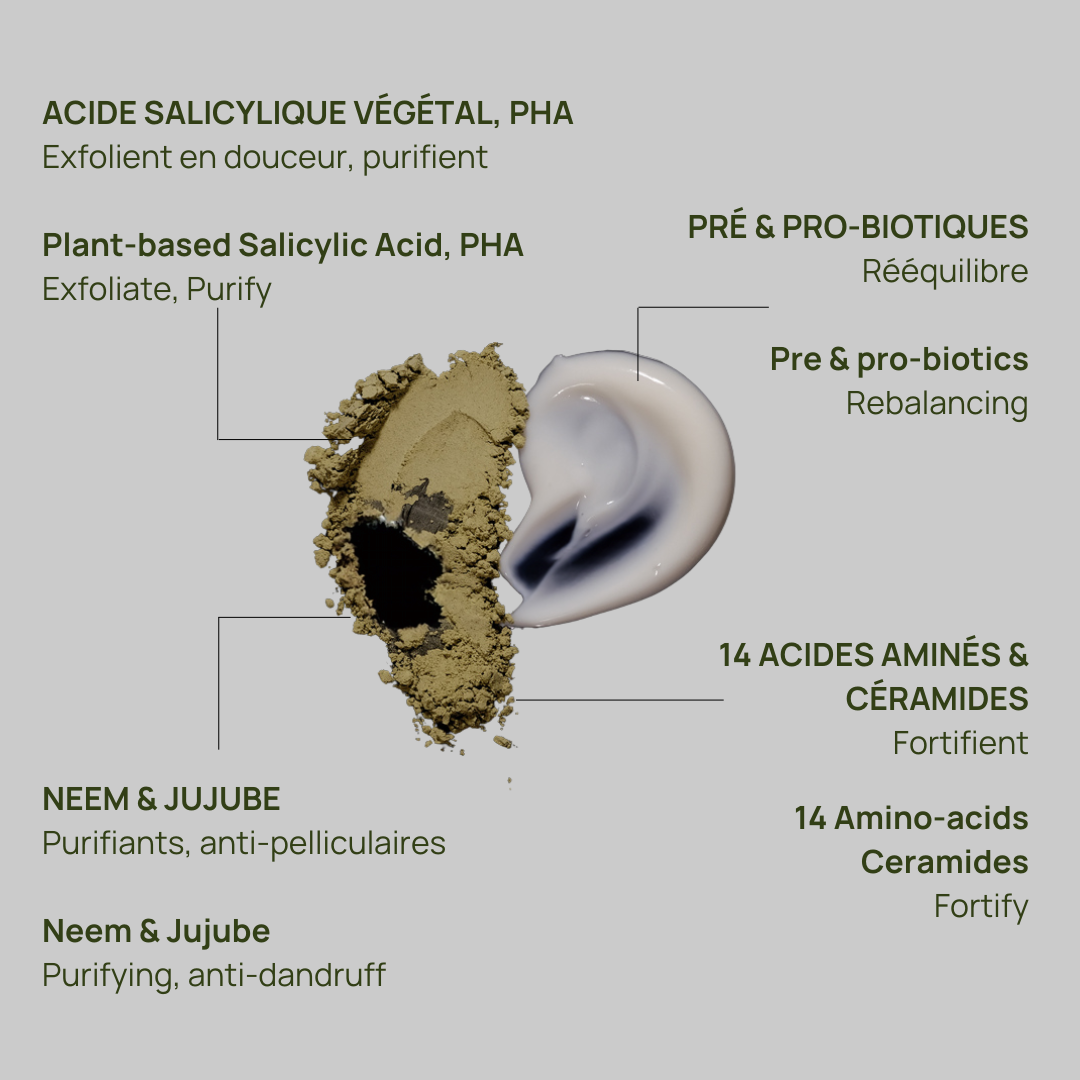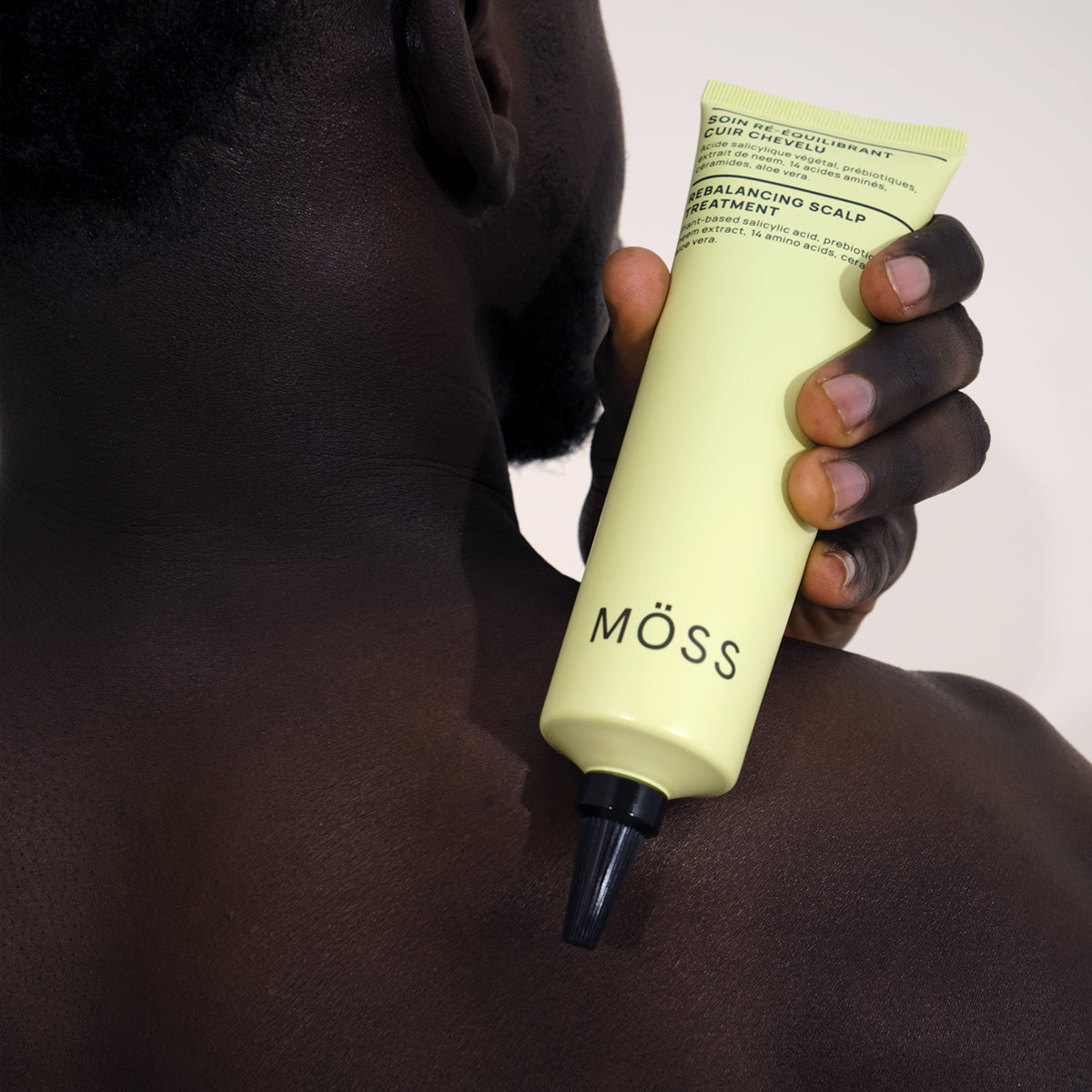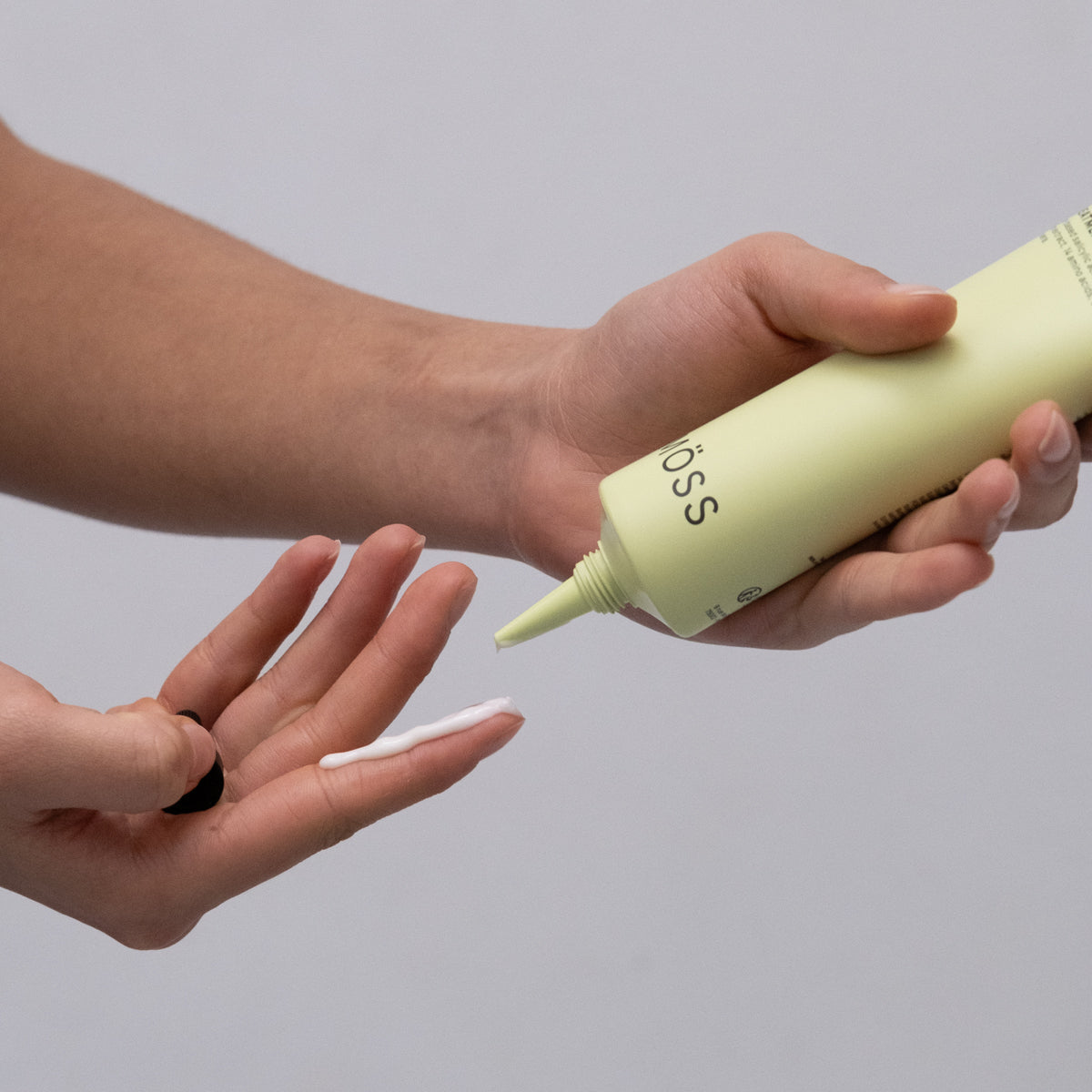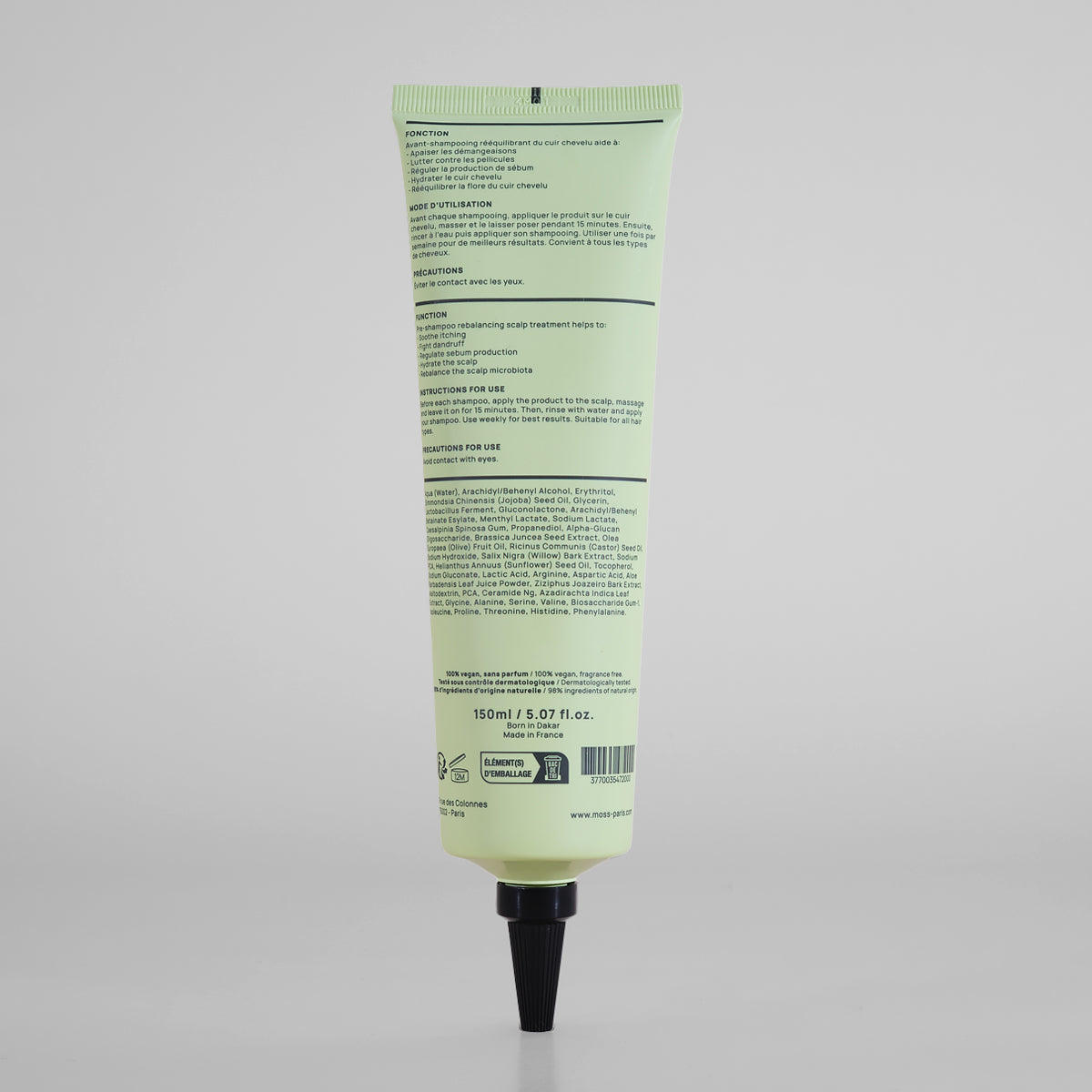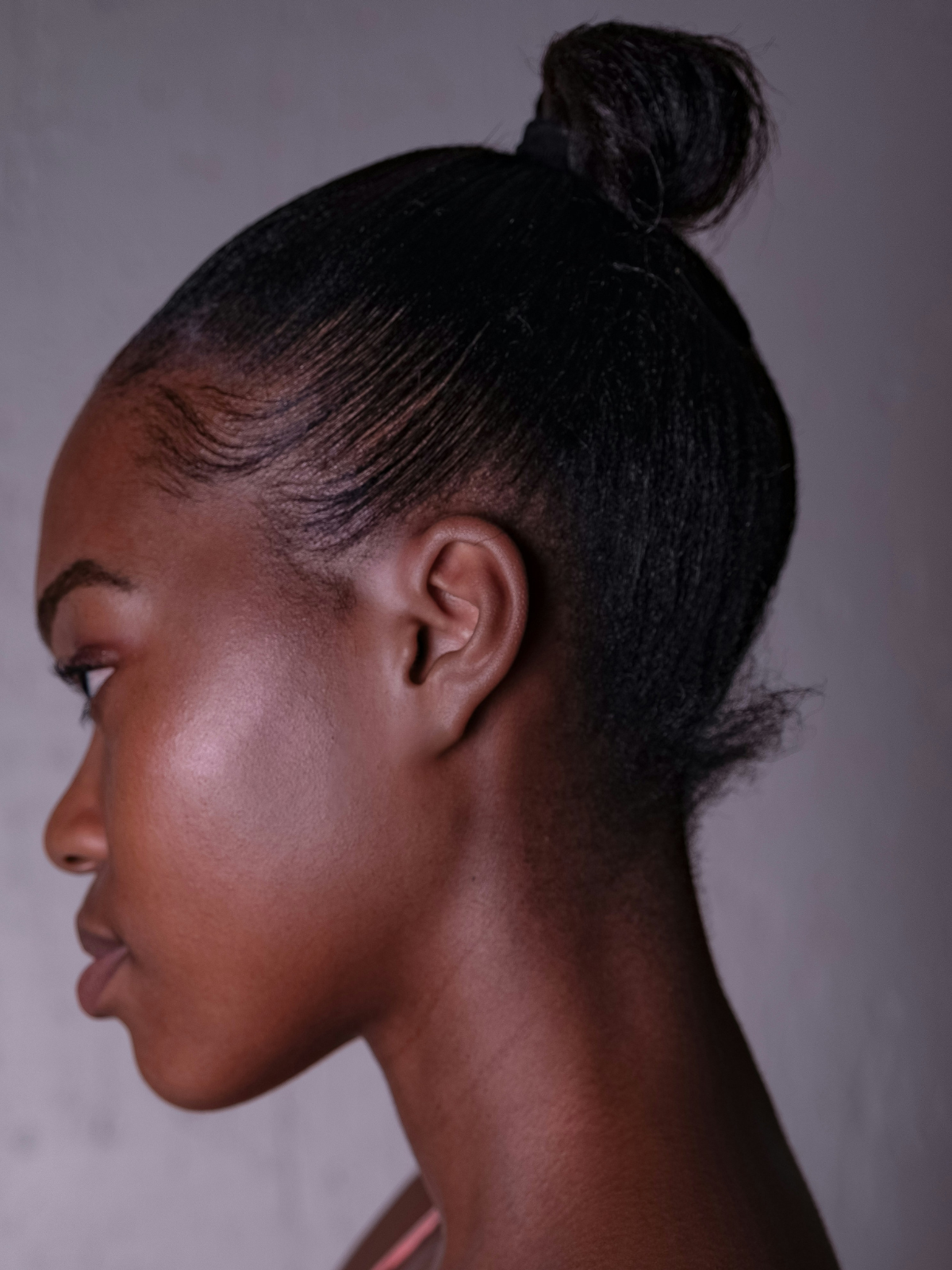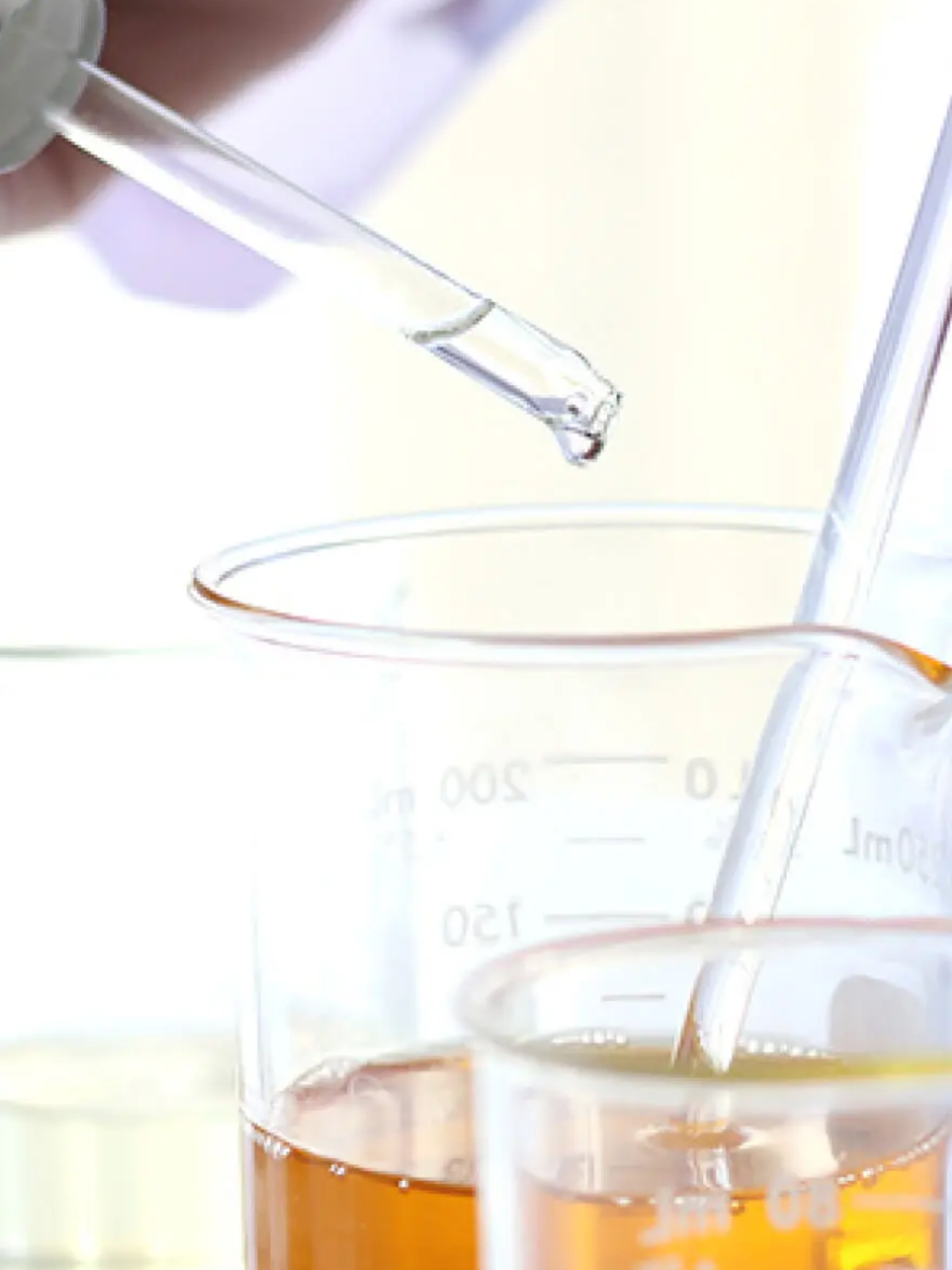Receding hairlines: how to avoid this localized hair loss
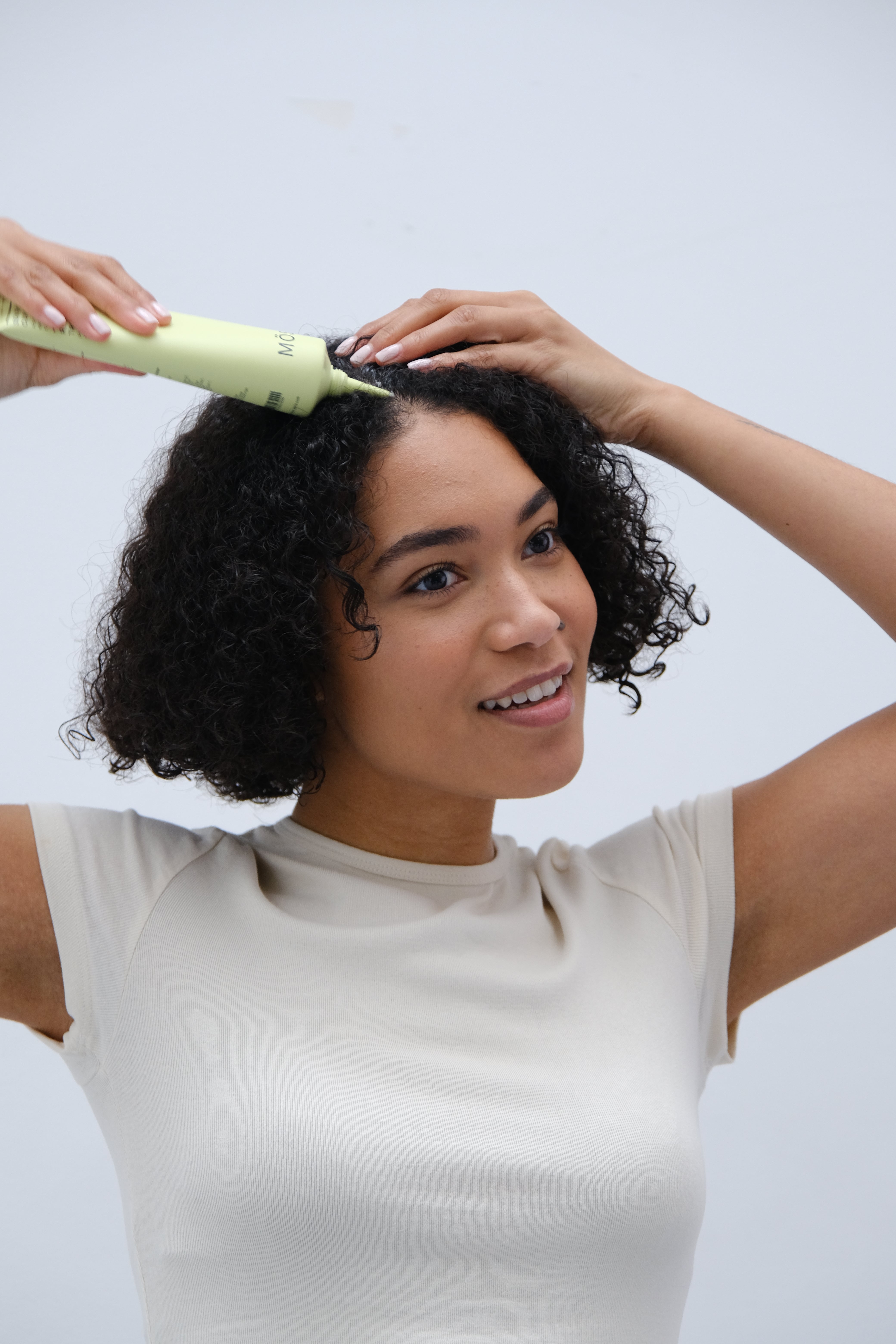
The frontal hairline, commonly referred to as the temples (edges, baby hairs ), is a unique hair area that combines structural fragility and high aesthetic visibility. Although it is often the focus of beauty treatments, it is also one of the most exposed to mechanical, chemical and environmental aggressions. Hair loss or thinning at this level can result from a combination of biological and behavioral factors, and in some cases, become irreversible.
We're going to explore how to avoid receding hairlines.
Temples: the finest, most sensitive and fragile hair
Hair around the temples has distinct characteristics compared to other areas of the scalp:
-
Reduced diameter : they have a thinner cortex (trunk of the hair fiber) and fewer protective scales (cuticular layers), which increases their vulnerability to mechanical and chemical breakage.
-
Shorter hair cycle : The growth or anagen phase may last less time, which limits the maximum achievable length and slows regrowth in the event of hair loss.
-
Increased hormonal sensitivity : this area is particularly receptive to hormonal fluctuations (androgens, estrogens, cortisol), explaining the hair loss observed after childbirth (telogen effluvium) or at menopause.
These biological characteristics require specific care and a limitation of repeated tensions.
Cosmetic products that weaken the temples
It's important to use styling products that respect the balance and specificity of your hair and scalp. Some conventional edge control gels and waxes are formulated to provide strong, long-lasting hold. To achieve this "slicked-back" effect, you may find the presence of excessive drying alcohols and film-forming agents that suffocate the scalp. These include:
-
Short-chain alcohols (ethanol, isopropanol): their evaporating power quickly fixes the hairstyle but leads to dehydration of the fibers and the scalp. Thus causing the evaporation of water from the scalp as well, they weaken the keratin and promote breakage.
-
Film-forming agents (PVP, silicones, mineral oils): These form an occlusive layer that protects against ambient humidity but can, if they accumulate, clog hair follicles. The obstruction reduces the supply of oxygen and nutrients to the dermal papilla, disrupting hair production.
Repeated use without proper cleansing can lead to irritation (folliculitis), weakening of the roots and, eventually, visible thinning of the hairline.
Traction and alopecia: the major mechanical risk
Traction alopecia is a form of hair loss caused by repeated tension on the follicles. It is particularly common in the temporal areas because these areas often experience the greatest pulling force during tight hairstyles (braids, buns, weaves, ponytails).
Histologically, prolonged traction causes inflammation of the follicle, followed by scarring that can make the loss permanent. According to several studies, this type of alopecia is reversible in its early stages, but becomes irreversible once scarring has set in.
What makes hair loss at the temples worse?
Several factors can accelerate the thinning or even loss of hair at the temples:
-
Friction : cotton pillowcases or rough scarves promote breakage through cuticular abrasion.
-
Oxidative stress : pollution and UV radiation can damage keratin and the cell membrane.
-
Nutritional deficiencies : deficiency in iron, vitamin D, zinc or sulfur amino acids disrupts the hair cycle.
-
Chronic Stress : Stress is a known factor in hair loss. Prolonged elevations in cortisol can alter follicle vascularization and accelerate the resting phase of the hair growth cycle, thus leading to hair loss. (telogen)
What solutions are there for protecting temples?
Temple protection is based on a combined approach:
-
Reducing mechanical stress : avoid repeated tight hairstyles, alternate fixing points, use metal-free elastics.
-
Gentle formulas : choose edge control products that are alcohol-free, enriched with humectants (glycerin, aloe vera) and free from heavy occlusive agents.
-
Regular cleansing : remove product residue to prevent follicular clogging.
-
Follicular stimulation : gentle massages and treatments containing active ingredients that promote microcirculation.
-
Physical protection : silk or satin scarves at night to limit friction.
The Möss Approach
With a view to prevention and support for regrowth, we have developed the Scalp Rebalancing Treatment , formulated for:
-
Unclog follicles with plant-based salicylic acid and gluconolactone (PHA) with gentle exfoliating action.
-
Strengthen the skin barrier via a complex of prebiotics and ceramides.
-
Stimulate growth by providing essential amino acids and soothing botanical extracts (Neem, aloe vera).
This approach is part of our “skin-care for your scalp” philosophy: a healthy scalp is the essential condition for strong, dense hair.
Conclusion
Temple health relies on understanding their biological fragility and the mechanisms of degradation, whether chemical, mechanical, or environmental. The edges are not just a cosmetic detail: they are a marker for the overall condition of the scalp.
By combining preventative measures, suitable products and regenerating treatments, it is possible not only to preserve hair density, but also to optimize regrowth when signs of weakening appear.
